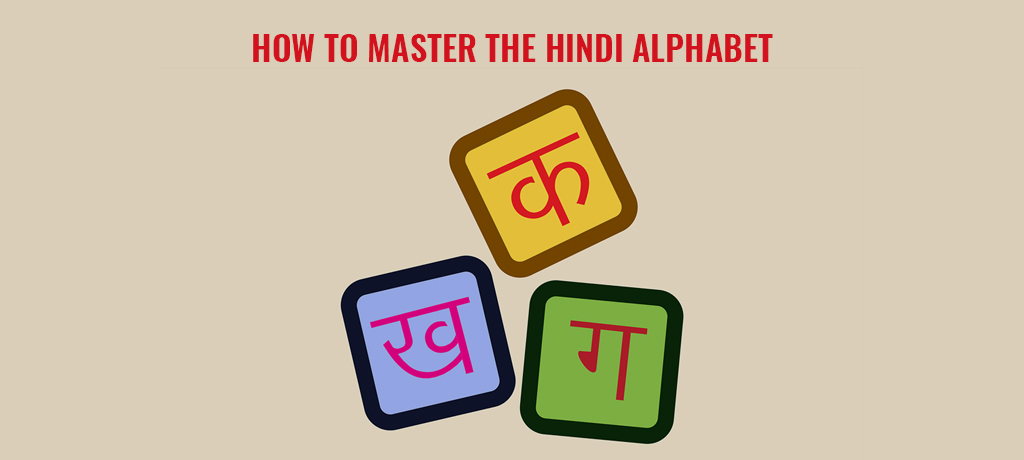There are many speakers of English who want to learn Hindi. We wanted to tell them the differences between the Hindi and English Language. We hope that this article provides that insight into both the languages.
(a)- Difference in birth of both the languages: Though Hindi and English belong to the Indo-European language family, they have differences in origin. English mean-while is of the Germanic language family, it’s roots could be traced to as far back as from the tongues of the Anglo – Saxon Kingdom in England. The Hindi Language can be traced back to the Khariboli dialect – a form of modern Hindi.
(b)- Difference in Alphabet: English Alphabet consists of 26 letters. In English pronunciation of certain words does not strictly follow the written form.
Hindi is a phonetic language, the word is pronounced according to it’s spelling. This makes the language easier to pronounce since it follows the written form all the time.
Hindi follows the Devanagari script. It contains vowels and consonants. Bars on the top of the symbols make them distinct.
(c)- Difference in grammar: Same verb tenses differ in English and Hindi. In English Polite requests are expressed in the form of questions. In Hindi subjunctives are used and the sentence structure is changed to ask for something. While the English language has definite articles, Hindi does not.
Hindi speakers often use the present continuous instead of the simple present. In conditional sentences, Hindi makes use of the future tense in the independent clause.
In sentence structuring English uses the subject-verb-object word order whereas Hindi uses subject-object-verb word order. In English prepositions come after the pronoun or noun they qualify. In Hindi, prepositions succeed the noun or pronoun.
(d)- Difference in Vocabulary: Hindi is different from English language because it uses Devanagari Script. Still, Hind is not too hard to learn.
Hindi has adapted many English words. The pronunciation of these words has been modified. This helps the beginner who quickly wants to acquire a large vocabulary.
So the conclusion is that Hindi is written in a script called Devanagari. Hindi is a Phonetic language and is written as a series of syllables. Each syllable is built up of alphabetic pieces of consonant letters, independent vowel and dependent vowel signs. The syllable itself consists of a consonant and vowel core, with an optional preceding consonant.
Unlike English which starts from a baseline, devnagari characters hang from a horizontal line written at the top of the characters, these characters can combine or change shape depending on their context. Hindi text makes no distinction between uppercase and lowercase letter.
Learning Hindi at Rose Mount is an exciting journey. Everyday there is a new challenge and everyday something new is learnt. The teachers are highly efficient and experienced.
Rose Mount offers short intensive as well as general Hindi courses to International students. To know more please visit:






